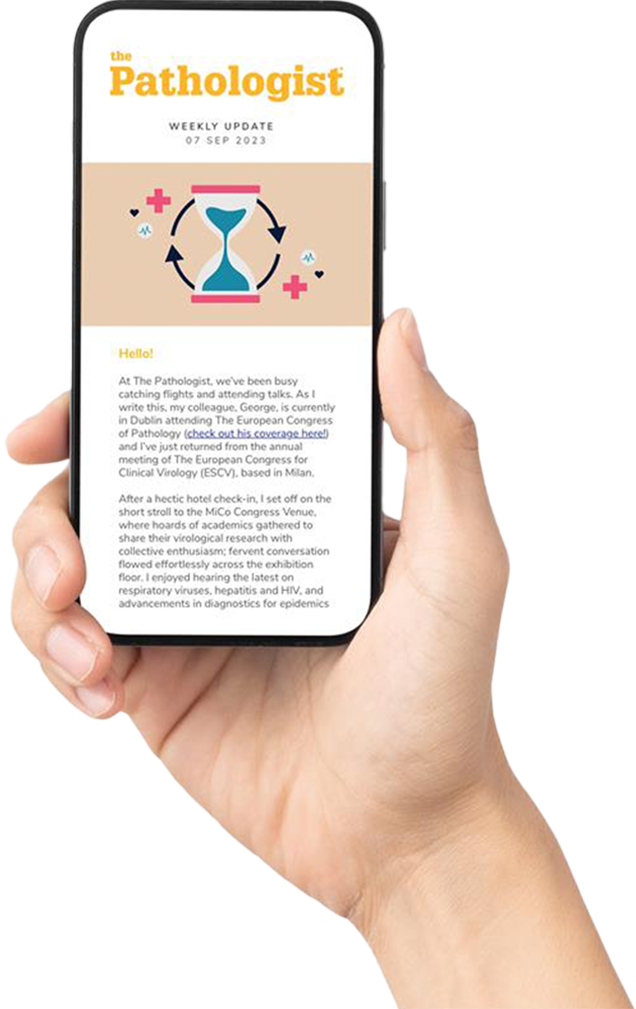
A team from Duke University has developed a method to process quantitative phase microscopy (QPM) data in real time using an embedded graphics processing unit (GPU) system. The study explores a low-cost, portable approach to high-throughput holographic cytometry, which may enhance laboratory analysis of red blood cells and other cell populations.
QPM is a label-free imaging technique that measures the phase delay of light passing through transparent biological samples, allowing quantitative analysis of cell morphology. In recent years, holographic cytometry – an implementation of QPM – has been developed to capture tens of thousands of cells in a single session. However, transforming raw interferograms into usable images requires computationally intensive processing, often taking hours on standard computer systems.
To address this limitation, the researchers implemented a real-time data-processing pipeline using the NVIDIA Jetson Orin Nano, a compact system-on-module that supports parallel GPU computation. The team’s pipeline processes interferogram data, applies phase unwrapping, and performs digital refocusing, segmentation, and analysis of individual cells.
The group’s holographic cytometry system used a pulsed diode laser and a microfluidic channel to record red blood cell samples. Each frame captured by a high-speed line-scan camera was processed through a CUDA-based algorithm to generate phase images and extract morphological parameters such as area, optical volume, and circularity. The real-time algorithm was able to refocus cells digitally, correcting for optical defocus without manual adjustment. In tests, the system processed up to 1200 cells per second and analyzed 107,631 red blood cells. Structural similarity between real-time and traditional refocusing methods reached 0.996, indicating nearly identical image quality.
According to benchmarking results presented in the study, total frame processing time was approximately 3.3 milliseconds, consistent across varying cell densities. The GPU-based system’s processing performance was comparable to desktop-based methods reported in earlier research, while consuming less power and space. The researchers note that the platform’s portability and cost – around $249 for the Jetson Orin Nano – make it suitable for field or point-of-care adaptation. They also suggest that future integration with machine learning algorithms could enable automated classification of red blood cells and rapid screening for hematologic disorders such as sickle cell disease.
The study demonstrates the feasibility of embedding real-time QPM data processing within a compact GPU-based system. By accelerating the analysis of large cell populations, the method could streamline cytometric workflows and improve access to label-free cellular imaging for diagnostic applications.




